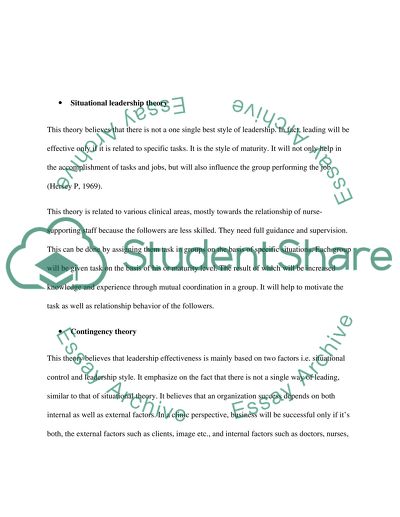Cite this document
(“Leadeship in Clinical Practice Essay Example | Topics and Well Written Essays - 1500 words”, n.d.)
Leadeship in Clinical Practice Essay Example | Topics and Well Written Essays - 1500 words. Retrieved from https://studentshare.org/nursing/1432765-leadeship-in-clinical-practice
Leadeship in Clinical Practice Essay Example | Topics and Well Written Essays - 1500 words. Retrieved from https://studentshare.org/nursing/1432765-leadeship-in-clinical-practice
(Leadeship in Clinical Practice Essay Example | Topics and Well Written Essays - 1500 Words)
Leadeship in Clinical Practice Essay Example | Topics and Well Written Essays - 1500 Words. https://studentshare.org/nursing/1432765-leadeship-in-clinical-practice.
Leadeship in Clinical Practice Essay Example | Topics and Well Written Essays - 1500 Words. https://studentshare.org/nursing/1432765-leadeship-in-clinical-practice.
“Leadeship in Clinical Practice Essay Example | Topics and Well Written Essays - 1500 Words”, n.d. https://studentshare.org/nursing/1432765-leadeship-in-clinical-practice.


